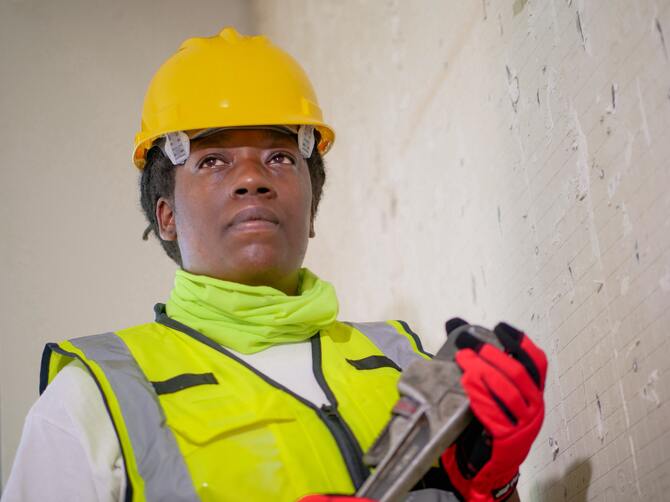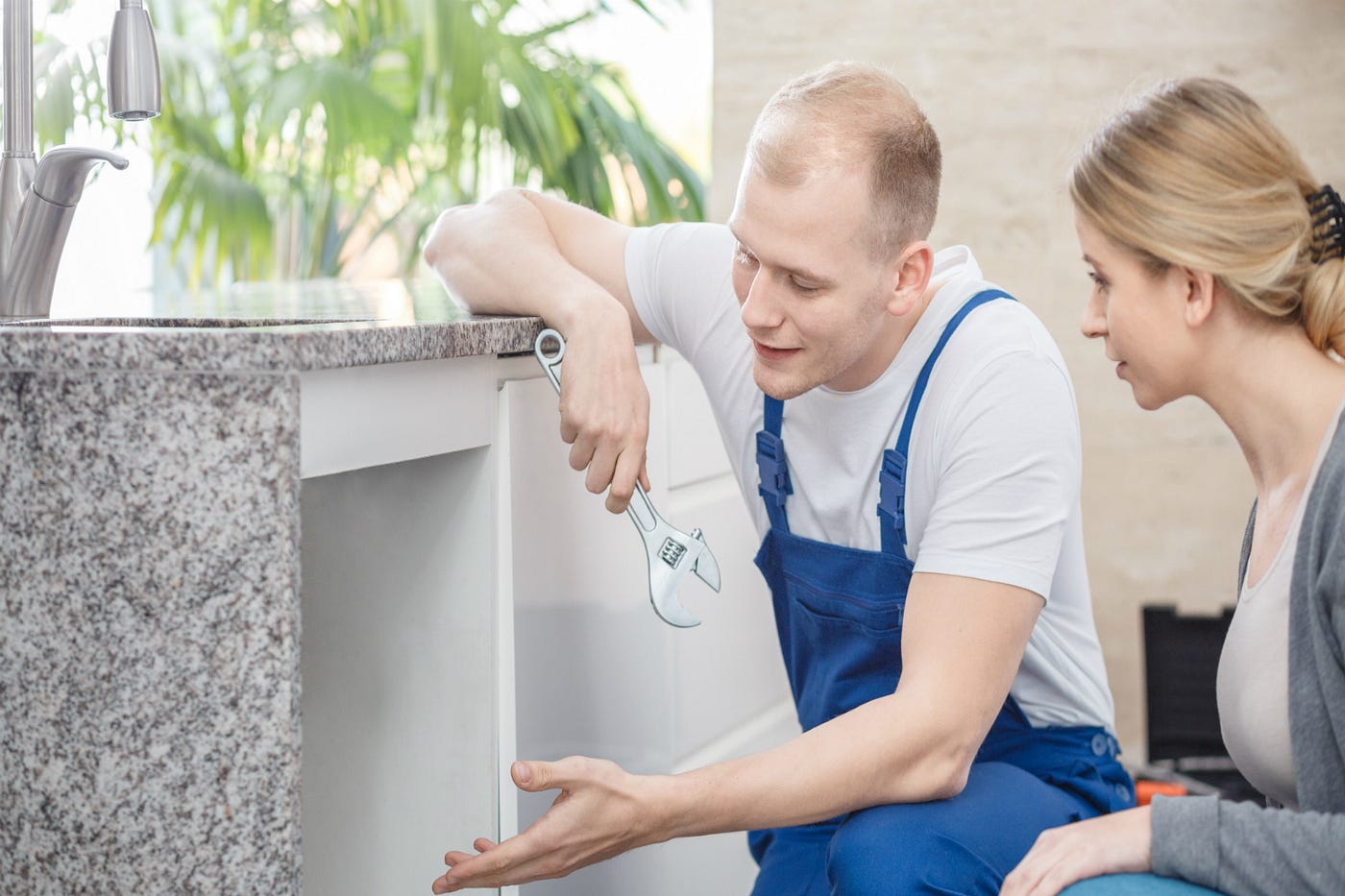Determining When You Should Do It Yourself and When You Should Contact Qualified Plumbing Services
Click HereHere further down you might get a bunch of worthwhile data about When to DIY and When to Call in the Plumbing Pros.

Intro
Plumbing issues can vary from small aggravations to significant migraines, commonly prompting home owners to determine between taking on the issue themselves or calling in a specialist plumbing technician. Recognizing when to DIY and when to look for expert help can save time, cash, and protect against prospective disasters. This post discovers the factors to think about when making this critical decision.
Benefits of Do It Yourself Pipes
Handling plumbing tasks yourself can be satisfying in a number of ways, specifically for less complex jobs.
Cost Financial savings
DIY pipes projects usually conserve cash by staying clear of professional service charge. Tasks like fixing minor leaks, replacing taps, or setting up brand-new showerheads are instances where house owners can handle repair services without employing a plumber.
Skill Enhancement
Taking part in do it yourself pipes provides a possibility to discover and improve sensible abilities. Fundamental jobs empower homeowners to understand their plumbing systems much better and obtain confidence in managing tiny repair services separately.
Risks of Do It Yourself Plumbing
While do it yourself projects supply benefits, specific risks need to be carefully thought about before attempting repair work.
Intricacy of Tasks
Some plumbing issues call for specific knowledge and devices beyond normal house owner abilities. Messing up intricate troubles can result in additional damages and expensive repair services.
Safety and security Issues
Working with pipes systems includes risks such as direct exposure to water damages, capacity for electric hazards, and handling tools inaccurately. Security preventative measures need to be observed to stop accidents and make sure reliable repair services.
Indicators to Call a Professional Plumbing Professional
Recognizing when a plumbing issue exceeds DIY abilities is crucial to preventing worsening issues.
Indications of Facility Issues
Instances include:
Trigger expert intervention is required to deal with these issues effectively and reduce damage.
DIY Plumbing Tips
For effective DIY pipes, it's important to be prepared with the right devices and adhere to correct treatments.
Standard Tools and Materials
Trick devices for DIY pipes:
Step-by-Step Guides
Clear instructions ensure safe and efficient DIY fixings:
Picking the Right Time to DIY
Figuring out when to take on pipes jobs on your own requires evaluating both the complexity of the issue and individual convenience degrees.
Evaluation Checklist
Consider:
When to Certainly Call a Specialist
Specific circumstances demand prompt expert interest to avoid comprehensive damage or security dangers.
Examples include:
Searching for and Hiring a Specialist Plumbing Professional
Selecting a qualified plumbing professional makes sure reliable service and satisfaction in fixing plumbing problems.
Requirements for Option
Factors to think about:
Cost Evaluation: DIY vs. Professional Services
Comparing the financial effects of do it yourself initiatives versus expert plumbing solutions helps in making informed choices.
Financial Considerations
Evaluate:
Final thought
Determining whether to do it yourself or call a professional plumbing depends upon comprehending the intricacy of pipes concerns and individual capacities. By considering the advantages and threats, home owners can make enlightened selections that advertise reliable maintenance and protect their homes from plumbing disasters.
When to DIY and when to call a professional plumber
There are Australian laws and regulations that regulate plumbing work in Australia. This means that there are few home plumbing tasks that you can DIY. Besides, a lot can go wrong with DIY plumbing projects. However, there are also plumbing works that you can successfully DIY. Read on to know when to DIY and when to call a professional plumber.
You can learn more about the risks of DIY plumbing projects, projects requiring special caution, and illegal DIY plumbing works to avoid. This post concludes with the services of commercial plumbers and why getting expert help is essential.
Reasons to Attempt DIY Plumbing Projects
While it is often not advisable to perform DIY plumbing repairs, several pros of DIY plumbing projects can make them attractive.
Save costs
A significant reason for doing DIY plumbing jobs is to save costs. It is possible to save on labour charges and overall fees if you buy the needed tools and parts from local hardware stores and do the repairs yourself.
Gaining experience
You can gain some hands-on experience in basic plumbing repair if you watch online videos and attempt the repairs yourself.
Confidence boosting
You can boost your confidence and self-reliance skills by performing DIY plumbing repairs and installations yourself.
Risks of DIY Plumbing Projects
If something goes wrong with your DIY plumbing project, you may have unfavourable results that you may consider the cons of DIY plumbing.
For one, your home may get so extensively water-damaged that your home and contents insurance will not cover you. You will also have to spend more money to repair the water or sewage problem than you would otherwise spend for professional plumbing jobs. Besides, you may often spend more time on DIY plumbing work than an experienced plumber would spend. This is because you may not have the needed skill set. There are also related safety hazards and potential threats of DIY plumbing jobs that you may need to consider. Plumbing Issues You Can Fix Yourself
You can attempt DIY plumbing for plumbing issues such as replacing tap washers, installing shower heads or performing minor tap leak repairs. However, it would help if you invited licensed plumbers to fix complex leaking showers, effectively deal with blocked drains, or repair hot water systems. This is the best way to ensure these plumbing issues are correctly fixed, and the project is insured.
Fixing clogged or blocked drains
You may have clogged drains or need help with slow-draining showers. These are tasks that you can resolve yourself using several options. To fix blocked drains, you may use baking soda, plungers, or wire hangers. Meanwhile, you can take the preventive measure of installing filtration systems such as drain filters to help prevent drain clogs.
New faucet installations
It is possible to install a new faucet yourself. You would have to turn off the hot and cold water valves. Then, you can remove and fix the old faucet and replace it with the new one.
Leaky faucet repairs
While leaky faucet repairs are more technical than installations, you can also take some steps to fix them. Turning off water valves is the first step in draining water from plumbing systems. Next, you can use a washcloth to cover the drain and remove the decorative handles.
This will allow enough room to unscrew the nuts that attach the faucet handle to the stem. Your final step is to take out and replace the old washers and O-rings with the new duplicates.
Fixing running toilets
An occasional DIY solution for running toilets is to restore the flapper in the tank to its proper place.
Burst pipes
You may have issues with your exterior plumbing fixtures. It may simply be that your inbound or outbound pipes have worn out, or you may have burst pipes due to flooding or large tree roots.
You may also have frozen pipes. These are all instances when you need to call a professional plumber. They will perform pipe inspections to locate the problem and implement solutions such as pipe relining.
Interior plumbing repairs
It's usually time to call a competent plumber if you want to do plumbing repair work on floors, ceilings, or the walls of your building. They can also help you fix faulty showers and sinks.
Plumbing renovation
Major renovation projects or plumbing jobs such as bathroom remodelling and bathroom renovations require the services of a professional plumber. Likewise, you need a professional plumber to fix your kitchen sink or plumbing. They can help you get the required plumbing permits. At the same time, they know what building codes apply to such renovation projects.

I hope you enjoyed reading our post about When to call a professional plumber vs. DIY. Many thanks for taking the time to read through our blog post. Appreciated our blog entry? Please quickly share it. Help someone else find it. I take joy in your readership.
Click Here